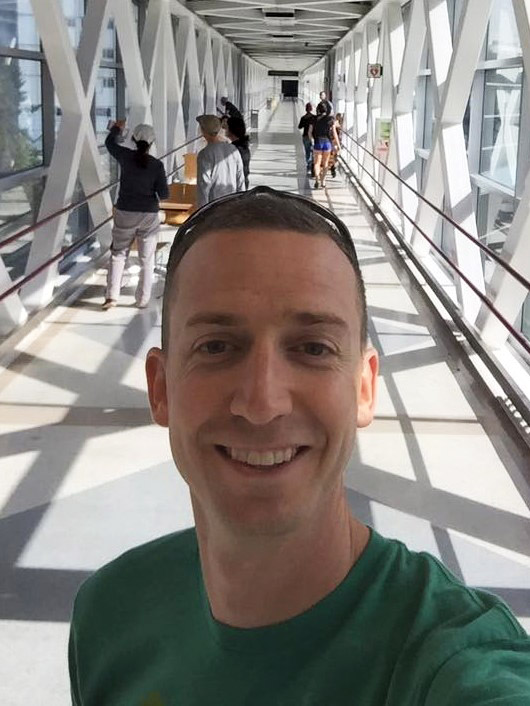View slides
Watch video:
Deteriorating transportation infrastructure is constantly in the news. Government agencies at all levels are pursuing methods to monitor structural health, so that they can prioritize repairs. In Oregon, the Cascadia Subduction Zone megathrust earthquake looms as a significant natural hazard for which our transportation network is ill-prepared. The Oregon Department of Transportation (ODOT) estimates that it will take around $2.6 billion over seven years to repair or replace many of the existing bridges in the state’s network to maintain lifeline routes after a Cascadia event. Funding for the scenarios envisioned by ODOT is not forthcoming, and the project described in this webinar is aimed at creating a tool to support visual inspection of bridges for determining the extent of damage.
The work presented in this webinar has evolved out of NITC-funded research and into a feasibility study of relatively simple but effective field methods for transportation structure dynamic evaluation.
The primary driver for the methods under investigation is the advent of robust mobile apps that can process data from on-board accelerometers in real time. The goal of this work is to identify an easily deployed system to evaluate the dynamic response of a structure (commonly referred to as modal testing). Assuming such a system can be developed and deployed to record baseline data prior to the Cascadia event, the same system could be used after the event, or any significant event for that matter, to assist in determining if a structure has sustained damage that would limit its safe return to service.
This webinar will describe the development and use of various tools for conducting modal testing in the field.
After viewing the webinar, attendees should be able to:
- Describe the scale of the everyday and future hazards facing Oregon bridges
- Explain the relationship of structural parameters to dynamic response
- Describe a framework for conducting dynamic evaluation of structures to determine dominant modal frequencies
- Summarize the results of preliminary field studies using ambient traffic and forced vibration in conjunction with mobile-device based data acquisition
- Use mobile devices and apps to acquire acceleration data

